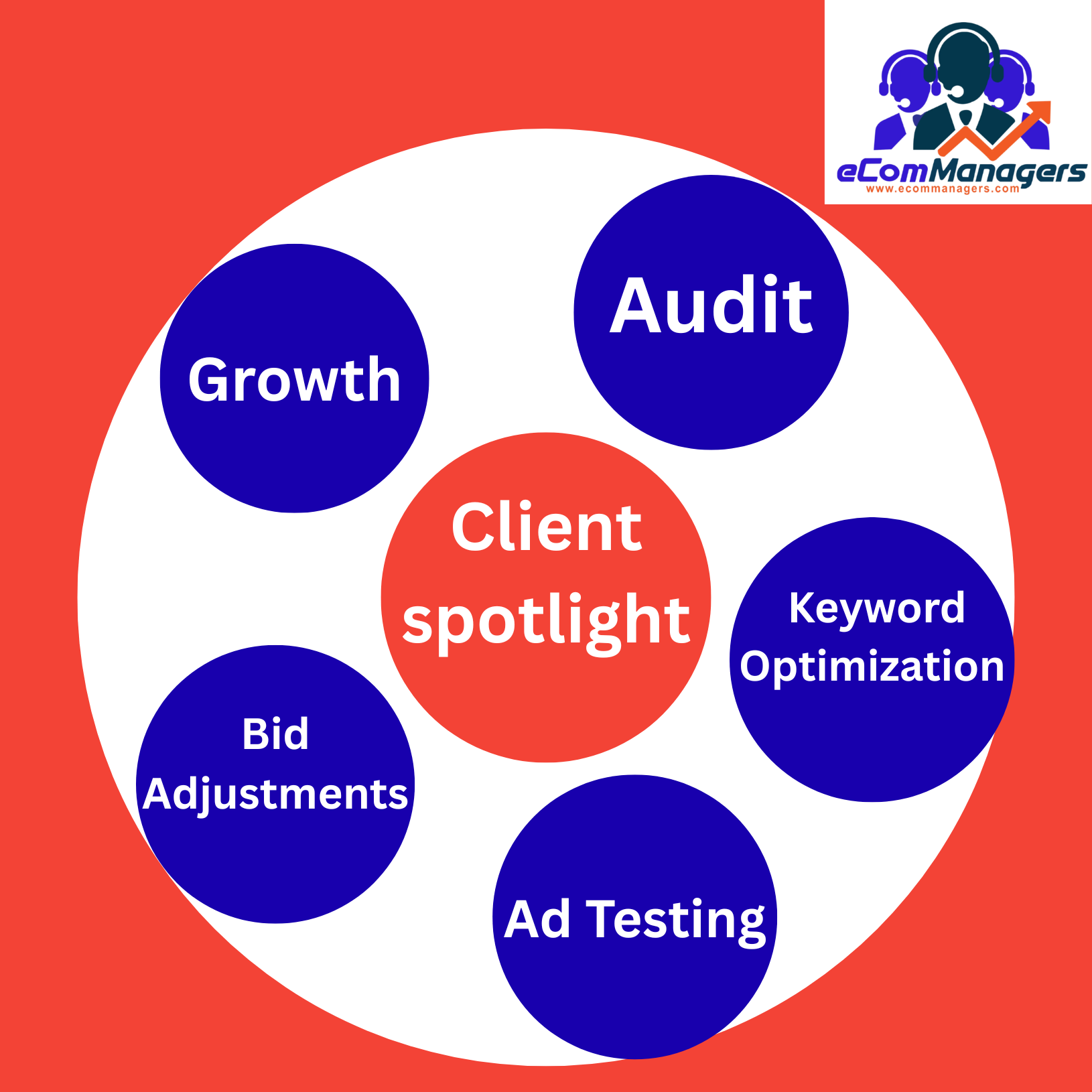
Client Spotlight Structure: How to Create Data-Driven PPC Success Stories That Establish Authority
Data is the story in performance marketing — and few formats tell it as well as a Client Spotlight.
An engineered Client Spotlight takes campaign statistics and weaves them into a unified growth narrative, highlighting not just outcomes but the technical decision-making and optimization rationale that drives them.
This post outlines a professional, reproducible process that agencies can utilize to showcase high-performing PPC campaigns with analytical specificity.
What is a Client Spotlight in PPC?
A Client Spotlight is a case-type content structure that is meant to showcase the measurable effect of your PPC interventions.
It is centered around quantifiable results, backed by technical learnings, strategic rationale, and process openness.
Unlike a boilerplate success story, a professional spotlight includes performance diagnostics, structural tweaks, and optimization workflows — proving that results are powered by data, not luck.
Why It Matters
In an ad-cluttered world, prospective clients seek evidence of executional greatness.
Client Spotlights:
- Make raw data business outcomes
- Highlight process maturity — not outcomes alone
- Establish trust and credibility by laying bare your analytical process
- Use as conversion assets that expand client acquisition pipelines
If well-designed, a Client Spotlight works as both a technical case study and marketing proof point.
The Ultimate Technical Form for a PPC Client Spotlight
A well-designed spotlight takes a systematic analytical path — from problem to quantifiable effect.
- Title: Performance-Based and Quantified
Utilize a headline that immediately informs the magnitude and time period of achievement.
Example:
“How Data-Driven Campaign Structuring Scaled ROAS 3.9x for a CPG Brand in 90 Days”
2️. Client Context
Define the client’s business domain and the starting marketing situation briefly.
Example:
A mid-sized consumer goods brand with a disjointed PPC structure, unable to manage ACoS and scale within desired margins efficiently.
Maintain objectivity in this section — address the account state, not backstory.
3️. Challenge Identification
Identify the inefficiencies in concrete, technical language.
Example:
Overlapping campaigns leading to budget cannibalization
Unoptimized bidding logic is causing ACoS volatility
Inaccurate keyword segmentation is interfering with data attribution accuracy
No separation of branded, category, and competitor traffic
This phase identifies the “why” — the choke points limiting ROI scalability.
4️. Strategic Intervention
Specify your optimization methodology with technical detail.
Example inclusions:
- Account Restructuring: Applied hierarchical campaign segmentation by match type and intent layer.
- Bid Automation: Deployed algorithmic bidding models via rule-based modifications correlated with real-time conversion thresholds.
- Negative Keyword Strategy: Used automated mining scripts to silence non-converting queries.
- DSP Retargeting: Triggered audience retargeting pipelines to regain mid-funnel traffic.
- Performance Tracking: Incorporated sophisticated dashboards for monitoring daily ROAS and ACoS variance.
This is where you display operational acumen — how your team interprets and responds to live data signals.
5️. Results & Data Impact
Emphasize measurable transformation through exact KPIs.Example:
- Revenue: $50K → $200K/month (+300%)
- ACoS: 38% → 19% (-50%)
- ROAS: 2.4x → 5.1x
- CTR: +60% increase
- Conversion Rate: +35% gain
These measures substantiate that your process delivers scalable efficiency, not fleeting performance gains.
6️. Client Testimonial (Optional)
Leverage raw client comments as qualitative support of your quantitative results.
Example:
“The optimization rhythm and data transparency totally transformed our ad economics. For the first time ever, each click had a traceable ROI.”
7️. Operational Learnings & Key Takeaways
- Condense key insights for internal and external audiences
- Granular segmentation drives bid efficiency and attribution accuracy.
- Algorithmic bidding must be tracked with conversion feedback loops.
- Scalability for PPC is a function of process repeatability, not spend growth.
- Data visualization drives decision velocity and reduces latency in optimizations.
These are technical tenets that make your agency the go-to for controlled growth systems.
8️. Call to Action (CTA)
Close on a professional conversion-driven CTA.
Example:
- Ready to turn your PPC account into a data-driven growth machine?
- Ask for a diagnostic audit to reveal your next scaling opportunity.
More Technical Tips
- Visualize Data: Leverage ACoS trend graphs, spend vs. revenue curves, and ROAS lift charts for improved retention.
- Maintain Length Consistent: 800–1000 words is ideal for a B2B case content piece.
- Use Industry Terms Carefully: Keep it sophisticated yet not impossible to read.
- Maintain Data Integrity: Never exaggerate metrics — credibility relies on verifiability.
- Standardize Formatting: Consistent structure establishes long-term authority.
Final Thoughts
A Client Spotlight isn’t merely marketing copy — it’s a performance deliverable.
It captures operational excellence, analytical depth, and strategic accuracy.
As a product of structured, data-driven execution, every spotlight becomes both a demonstration of capability and a lead-generating tool.
By converting PPC victories into technically sound stories, agencies are able to present themselves not as service providers — but as performance engineers with the capacity to deliver measurable, repeatable growth.